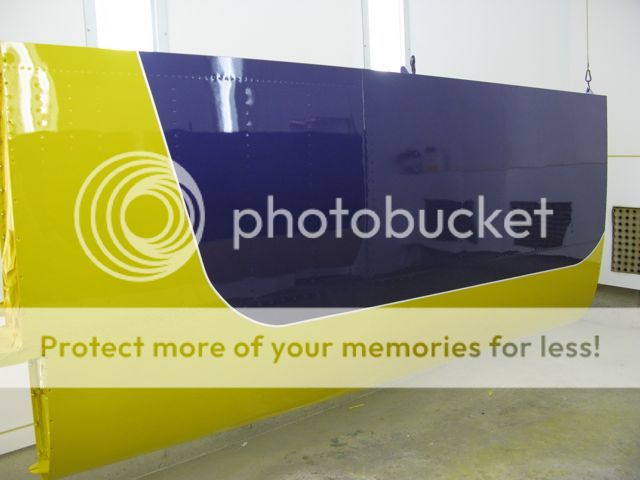jj_jetmech
Well Known Member
So I'm 90% done with my empennage and expect the Fuse kit to ship 12/9.. I'm looking at my finished work and wondering if it could be better I have dimpled everything possible with a c-frame standard dies on all parts, I have a full halo and what appear to be crisp dimples, rivets sitting down nice and flush...Once riveted it looks good but some distortion surrounds all rivets... Material is stretched and a rivet smashed into it....How can there not be? I've looked at many airplanes and build site photos.. Looks like my results are consistent with what I am seeing in others work... I've experimented with SS and tank dies on sample material (SS die on some 032 and normal die on overlying 020) same results. I have a Bonanza and a Cherokee in my hanger right now and everywhere there is a rivet on these airplanes there is minor skin distortion, when viewed at the proper angle.... Just like my 7 tail...
I see people making claims that their skins are perfect like glass and if not you probably don't know how to dimple?????? Or rivet? Can this be true?
Is it possible to have zero distortion? if so how do I achieve this ?
I've seen some bad RV tails and I don't think my work falls into that category but if I'm wrong now is the time to fix it...
Input appreciated!
Thanks
I see people making claims that their skins are perfect like glass and if not you probably don't know how to dimple?????? Or rivet? Can this be true?
Is it possible to have zero distortion? if so how do I achieve this ?
I've seen some bad RV tails and I don't think my work falls into that category but if I'm wrong now is the time to fix it...
Input appreciated!
Thanks








